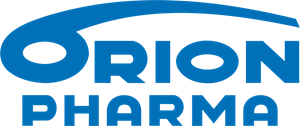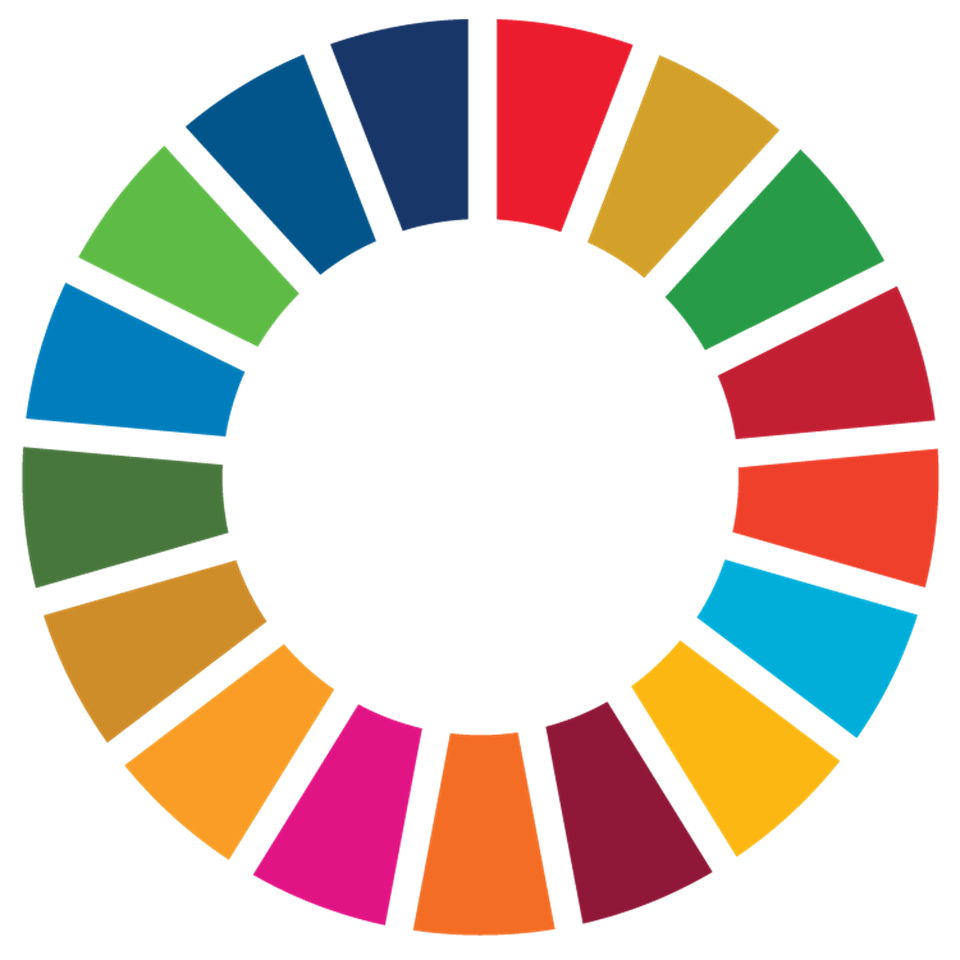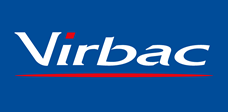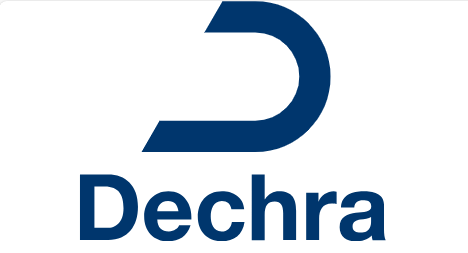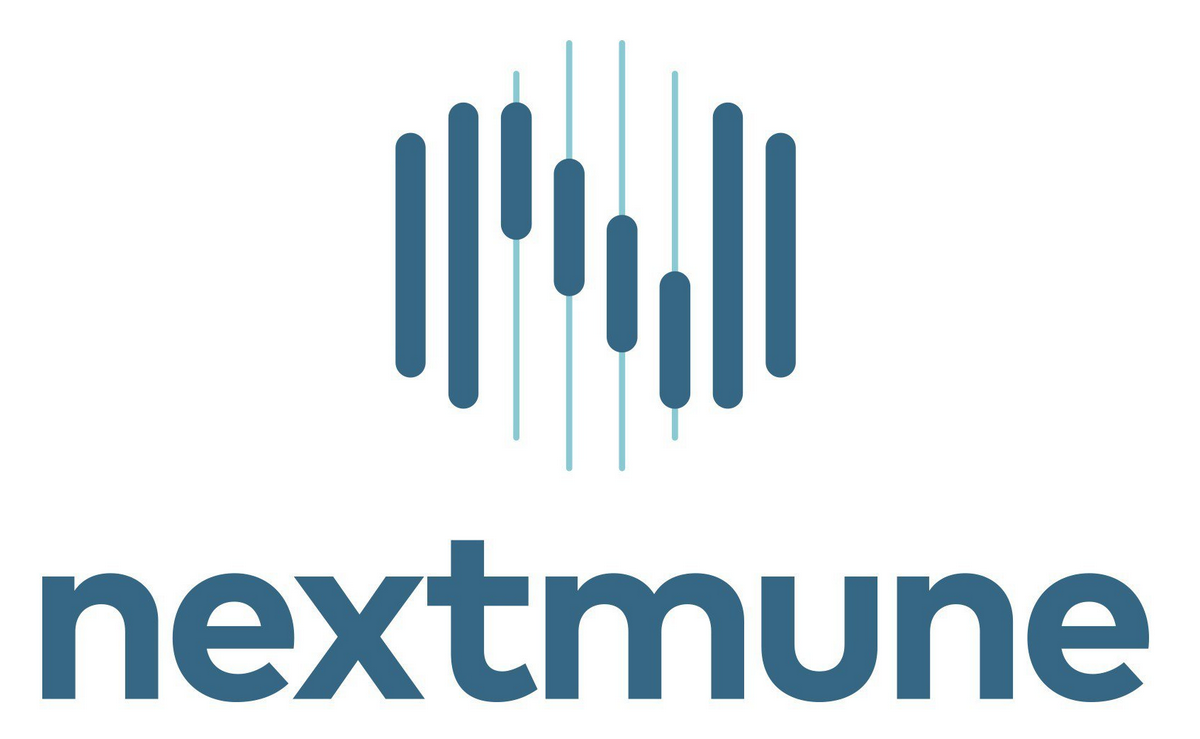Combination therapy
No results were found for your selected species
Cevac MD Rispens
Active substance
ATC code
Species
Chickens
Indications
For active immunisation of one-day-old future layer chicks to reduce mortality, clinical signs and lesions caused by very virulent strains of Marek’s disease virus.
Onset of immunity: 9 days after vaccination.
Duration of immunity: A single vaccination is sufficient to provide protection during the risk period of infection with Marek’s disease virus.
Dose to be administered and administration route
Subcutaneous use (preferably under the skin of the neck):
One single injection of 0.2 ml per chick is applied at one day of age.
The vaccine may be injected by automatic syringe. Overview table for recommended dilution possibilities of different presentations:
|
Cevac MD Rispens No. of ampoules x doses (D) |
Solvent presentation (ml) |
Volume of one dose (ml) |
|
1 x 1,000 D |
200 |
0.20 |
|
1 x 2,000 D |
400 |
|
|
2 x 2,000 D |
800 |
|
|
1 x 4,000 D |
800 |
|
|
4000 + 1000 D |
1000 |
|
|
3 x 2000 D |
1200 |
|
|
2 x 4000 D |
1600 |
Overview table for recommended dilution possibilities of different presentations in case of associated use:
|
No. of ampoules x doses (D) |
Solvent presentation (ml) |
Volume of one dose (ml) |
|
|
Cevac MD Rispens |
Vectormune ND |
||
|
1 x 1,000 D |
1 x 1,000 D |
200 |
0.20 |
|
1 x 2,000 D |
1 x 2,000 D |
400 |
|
|
2 x 2,000 D |
2 x 2,000 D |
800 |
|
|
1 x 4,000 D |
1 x 4,000 D |
800 |
|
|
4000 + 1000 D |
4000 + 1000 D |
1000 |
|
|
3 x 2000 D |
3 x 2000 D |
1200 |
|
|
2 x 4000 D |
2 x 4000 D |
1600 |
|
The usual aseptic precautions should be applied to all administration procedures. Be familiar with all safety and precautionary measures for handling liquid nitrogen in order to prevent personal injury.
Reconstitution of the vaccine:
- Use Cevac Solvent Poultry for reconstitution. After matching the dose size of the ampoules with the solvent size, quickly remove the exact number of ampoules needed from the liquid nitrogen container.
- Draw up 2 ml of solvent into a 5 ml syringe. Use minimum 18 gauge needle. In case of associated use different syringe should be used for each vaccine.
- Thaw rapidly the contents of the ampoules by gentle agitation in water at 27-39°C.
- As soon as they are completely thawed, open ampoules holding them at arm length in order to prevent any risk of injury should the ampoule break.
- Once the ampoule is open, slowly draw up the content into the 5-ml sterile syringe prepared as in point 2.
- Transfer the thawed suspension into the solvent bag. The reconstituted vaccine prepared as described is mixed by gentle agitation.
- Withdraw a portion of the diluted vaccine from the solvent bag into the syringe and use it to rinse the ampoule. Inject it gently back into the solvent bag. Repeat once or twice.
- The reconstituted vaccine prepared as described is mixed by gentle agitation so as to be ready for use.
Repeat the operations in point 2-7 for the appropriate number of ampoules to be thawed.
Use the reconstituted vaccine immediately, slowly mix regularly to ensure uniform suspension of cells and use within a period not exceeding 2 hours.
It should be ensured that the diluted vaccine is mixed regularly in a gentle way during the vaccination session to guarantee that the vaccine remains homogenous and that the correct virus titer is administered during vaccination session.
Adverse reactions
Chickens: None known
Reporting adverse events is important. It allows continuous safety monitoring of a veterinary medicinal product. Reports should be sent, preferably via a veterinarian, to either the marketing authorisation holder or the national competent authority via the national reporting system. See the package leaflet for respective contact details.
Dispensing
POM-VSUMMARY OF PRODUCT CHARACTERISTICS
1. NAME OF THE VETERINARY MEDICINAL PRODUCT
Cevac MD Rispens concentrate and solvent for suspension for injection for chickens
2. QUALITATIVE AND QUANTITATIVE COMPOSITION
Each dose (0.2 ml) contains:
Active substance:
Cell-associated live Marek’s disease virus (MDV)
serotype 1, strain CVI-988 800-5000 PFU*
*PFU: plaque forming unit
Excipients:
For the full list of excipients, see section 6.1.
3. PHARMACEUTICAL FORM
Concentrate and solvent for suspension for injection.
Concentrate: yellow to reddish brown, dense, frozen virus suspension. Solvent: clear, orange to red solution.
4. CLINICAL PARTICULARS
4.1 Target species
Chickens
4.2 Indications for use, specifying the target species
For active immunisation of one-day-old future layer chicks to reduce mortality, clinical signs and lesions caused by very virulent strains of Marek’s disease virus.
Onset of immunity: 9 days after vaccination.
Duration of immunity: A single vaccination is sufficient to provide protection during the risk period of infection with Marek’s disease virus. 4.3 Contraindications
None.
4.4 Special warnings for each target species
Vaccinate healthy animals only.
4.5 Special precautions for use
Special precautions for use in animals
Spread of the vaccine strain was demonstrated between chickens and may occur from 14 days after vaccination. Vaccinated chickens may excrete the vaccine strain for at least 112 days following vaccination. During this time, the contact of immunosuppressed and unvaccinated chickens with vaccinated chickens should be avoided.
The excreted vaccine strain is safe in non-vaccinated chickens.
Appropriate veterinary and husbandry measures should be taken to avoid spread of the vaccine strain to susceptible species.
Special precautions should be taken to avoid spreading of the vaccine strain to quails and pheasants.
Special precautions to be taken by the person administering the veterinary medicinal product to animals
Liquid nitrogen containers and vaccine ampoules should be handled by properly trained personnel only.
Personal protective equipment consisting of protective gloves, spectacles and boots should be worn when handling the veterinary medicinal product, before withdrawing from liquid nitrogen, during the ampoule thawing and opening operations. Frozen glass ampoules may explode during sudden temperature changes.
Store and use liquid nitrogen in a dry and well-ventilated place only. Inhalation of the liquid nitrogen vapour is dangerous.
Personnel attending vaccinated birds should follow hygiene principles and take particular care in handling litter from vaccinated chickens.
4.6 Adverse reactions (frequency and seriousness)
None known
4.7 Use during pregnancy, lactation or lay
Laying birds: Do not use in birds in lay.
4.8 Interaction with other medicinal products and other forms of interaction
Safety and efficacy data are available which demonstrate that this vaccine can be mixed and administered with Vectormune ND by subcutaneous application.
No information is available on the safety and efficacy of this vaccine when used with any other veterinary medicinal product except the product mentioned above. A decision to use this vaccine before or after any other veterinary medicinal product therefore needs to be made on a case by case basis.
4.9 Amounts to be administered and administration route
Subcutaneous use (preferably under the skin of the neck):
One single injection of 0.2 ml per chick is applied at one day of age.
The vaccine may be injected by automatic syringe. Overview table for recommended dilution possibilities of different presentations:
|
Cevac MD Rispens No. of ampoules x doses (D) |
Solvent presentation (ml) |
Volume of one dose (ml) |
|
1 x 1,000 D |
200 |
0.20 |
|
1 x 2,000 D |
400 |
|
|
2 x 2,000 D |
800 |
|
|
1 x 4,000 D |
800 |
|
|
4000 + 1000 D |
1000 |
|
|
3 x 2000 D |
1200 |
|
|
2 x 4000 D |
1600 |
Overview table for recommended dilution possibilities of different presentations in case of associated use:
|
No. of ampoules x doses (D) |
Solvent presentation (ml) |
Volume of one dose (ml) |
|
|
Cevac MD Rispens |
Vectormune ND |
||
|
1 x 1,000 D |
1 x 1,000 D |
200 |
0.20 |
|
1 x 2,000 D |
1 x 2,000 D |
400 |
|
|
2 x 2,000 D |
2 x 2,000 D |
800 |
|
|
1 x 4,000 D |
1 x 4,000 D |
800 |
|
|
4000 + 1000 D |
4000 + 1000 D |
1000 |
|
|
3 x 2000 D |
3 x 2000 D |
1200 |
|
|
2 x 4000 D |
2 x 4000 D |
1600 |
|
The usual aseptic precautions should be applied to all administration procedures. Be familiar with all safety and precautionary measures for handling liquid nitrogen in order to prevent personal injury.
Reconstitution of the vaccine:
1. Use Cevac Solvent Poultry for reconstitution. After matching the dose size of the ampoules with the solvent size, quickly remove the exact number of ampoules needed from the liquid nitrogen container.
2. Draw up 2 ml of solvent into a 5 ml syringe. Use minimum 18 gauge needle. In case of associated use different syringe should be used for each vaccine.
3. Thaw rapidly the contents of the ampoules by gentle agitation in water at 27-39°C.
4. As soon as they are completely thawed, open ampoules holding them at arm length in order to prevent any risk of injury should the ampoule break.
5. Once the ampoule is open, slowly draw up the content into the 5-ml sterile syringe prepared as in point 2.
6. Transfer the thawed suspension into the solvent bag. The reconstituted vaccine prepared as described is mixed by gentle agitation.
7. Withdraw a portion of the diluted vaccine from the solvent bag into the syringe and use it to rinse the ampoule. Inject it gently back into the solvent bag. Repeat once or twice.
8. The reconstituted vaccine prepared as described is mixed by gentle agitation so as to be ready for use.
Repeat the operations in point 2-7 for the appropriate number of ampoules to be thawed.
Use the reconstituted vaccine immediately, slowly mix regularly to ensure uniform suspension of cells and use within a period not exceeding 2 hours.
It should be ensured that the diluted vaccine is mixed regularly in a gentle way during the vaccination session to guarantee that the vaccine remains homogenous and that the correct virus titer is administered during vaccination session.
4.10 Overdose (symptoms, emergency procedures, antidotes), if necessary
No symptoms were observed after the administration of a 10-fold overdose of vaccine.
4.11 Withdrawal period(s)
Zero days.
5. IMMUNOLOGICAL PROPERTIES
Pharmacotherapeutic group:
Immunologicals for aves/ Domestic fowl/ Live viral vaccines/ avian herpes virus (Marek’s disease)
ATC vet code: QI01AD03
Live viral vaccine to stimulate active immunity against Marek’s disease.
6. PHARMACEUTICAL PARTICULARS
6.1 List of excipients
Concentrate:
EMEM
L-glutamine
Sodium bicarbonate
Hepes
Bovine serum
Dimethyl sulfoxide
Water for injection
Solvent:
Sucrose
Casein hydrolisate
Sorbitol
Dipotassium hydrogen phosphate
Potassium dihydrogen phosphate
Phenol red
Water for injection
6.2 Major incompatibilities
Do not mix with any other veterinary medicinal product, except Vectormune ND (where it is marketed) and solvent recommended for use with the veterinary medicinal product.
6.3 Shelf life
Shelf life of the veterinary medicinal product as packaged for sale: 2 years
Shelf life of the solvent, as packaged for sale: 30 months
Shelf life after reconstitution according to directions: 2 hours at a temperature below 25°C.
6.4 Special precautions for storage
Concentrate:
Store and transport frozen in liquid nitrogen (-196°C).
The liquid nitrogen containers must be checked regularly for liquid nitrogen level and must be refilled as needed. Store liquid nitrogen container securely in upright position in a clean, dry and well-ventilated room separated from the hatching/chicken room in the hatchery.
Solvent: Store below 25°C. Do not freeze.
6.5 Nature and composition of immediate packaging
Concentrate:
One Type I glass ampoule containing 1000, 2000 or 4000 doses.
The ampoules are put on canes with tag and stored in a liquid nitrogen container.
Solvent:
Polyvinylchloride bag containing 200 ml, 400 ml, 800 ml, 1000 ml, 1200 ml or 1600 ml in individual over-pouch.
Not all pack sizes may be marketed.
6.6 Special precautions for the disposal of unused veterinary medicinal product or waste materials derived from the use of such products
Any unused veterinary medicinal product or waste materials derived from such veterinary medicinal product should be disposed of in accordance with local requirements.
Discard any ampoules that have been accidentally thawed. Do not re-freeze under any circumstances.
Do not re-use opened containers of diluted vaccine.
7. MARKETING AUTHORISATION HOLDER
Ceva Animal Health Limited
Explorer House
Mercury Park
Wycombe Lane
Wooburn Green
High Wycombe
Buckinghamshire
HP10 0HH
United Kingdom
8. MARKETING AUTHORISATION NUMBER
Vm 15052/4151
9. DATE OF FIRST AUTHORISATION
3 September 2020
10. DATE OF REVISION OF THE TEXT
September 2022

Approved: 26 September 2022
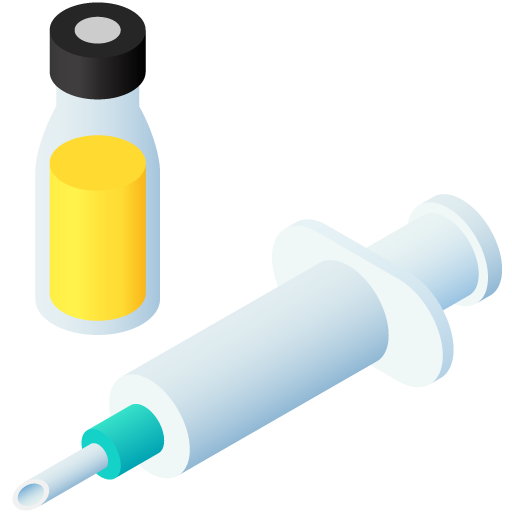
| Art. Nr. | 15052/4151 |
|---|---|
| EAN | 3411113029463 |
 TRUSTED SOURCE
TRUSTED SOURCE
